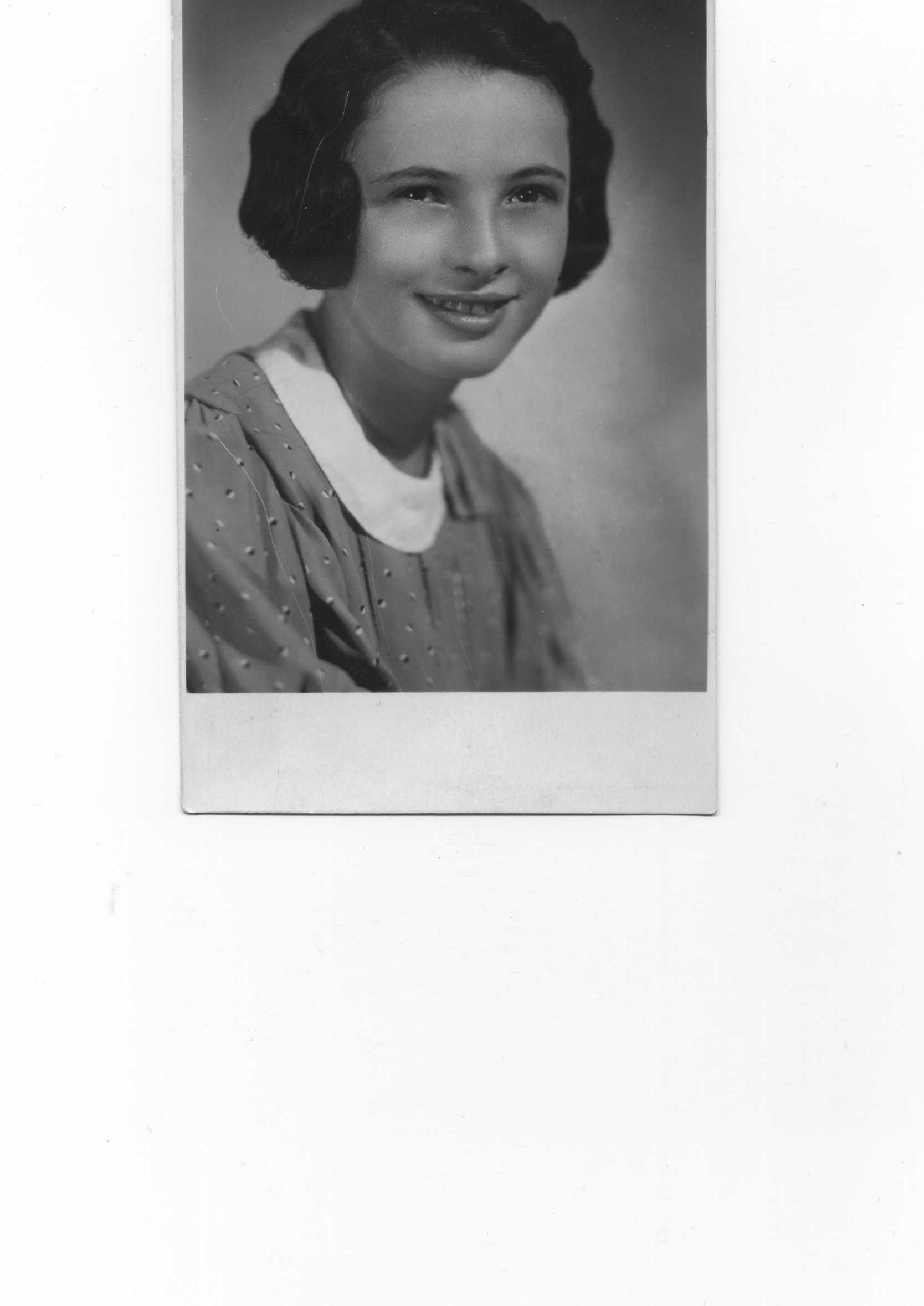Holy Highlights The Real Deal of Life in Israel

After two years of living in Eretz Yisrael, a man came back to his Rebbe, who asked him about his experience living there. The man started by describing how beautiful and amazing it was, and then continued by saying how there was only one thing: the Arabs and how horrible they are, how they torture the Jews. The Rebbe stopped the chasid and announced that he didn’t want to hear any more. The Rebbe described how this was the very speech of the meraglim (Spies); they also came back to Am Yisrael and reported how the land was great...but the people were terrible. “Don’t criticize Eretz Yisrael at all, ever!” said the Rebbe.
On a bright Tuesday morning, not too long ago, I heard this story repeated in a shiur in the Rova (the Jewish Quarter in the Old City of Jerusalem) from Rebbetzin Malka Twerski Friedman, the Hornisteipol Rebbetzin. A surprising story, many of us in the audience thought. Isn’t that too extreme? How can one not speak out against the Arab terrorists in Eretz Yisrael?! Rebbetzin Friedman went on to explain that if the conversation fits under constructive speech: as a warning to someone, for instance, or to relieve an emotional burden, or to update others of the news so they can daven for the safety of Jews living in Israel, then it’s permissible. However, simply to chatter negatively about any facet of Eretz Yisrael is forbidden. “Eretz Yisrael has such kedusha (holiness),” Rebbetzin Friedman explained, “it has such a direct line to Hashem. He has such a special Eye on this Land. It’s not like chutz la’aretz (outside of Israel), where there are all kinds of mediaries that come between Hashem and the shefa (bounty) of the land. This is ‘Einei Hashem Elokecha Ba,’ the Eyes of Hashem are focused on it...total concentration, on Eretz Yisrael.”
So often, we read the latest news about Eretz Yisrael – whether political, social, or religious – or perhaps we are listening to someone share about a trip in Israel, and of course there are wonderful things to say. But then the conversation begins to shift and negative episodes surface, said either jokingly or critically, even when describing the weather. We are so used to freely speaking and sharing our experiences that we have to muster the ability to pause and swing into full gear when speaking about Eretz Yisrael, and remember to mention only its beauty. And that’s what I call, the real deal about Eretz Yisrael.”

















